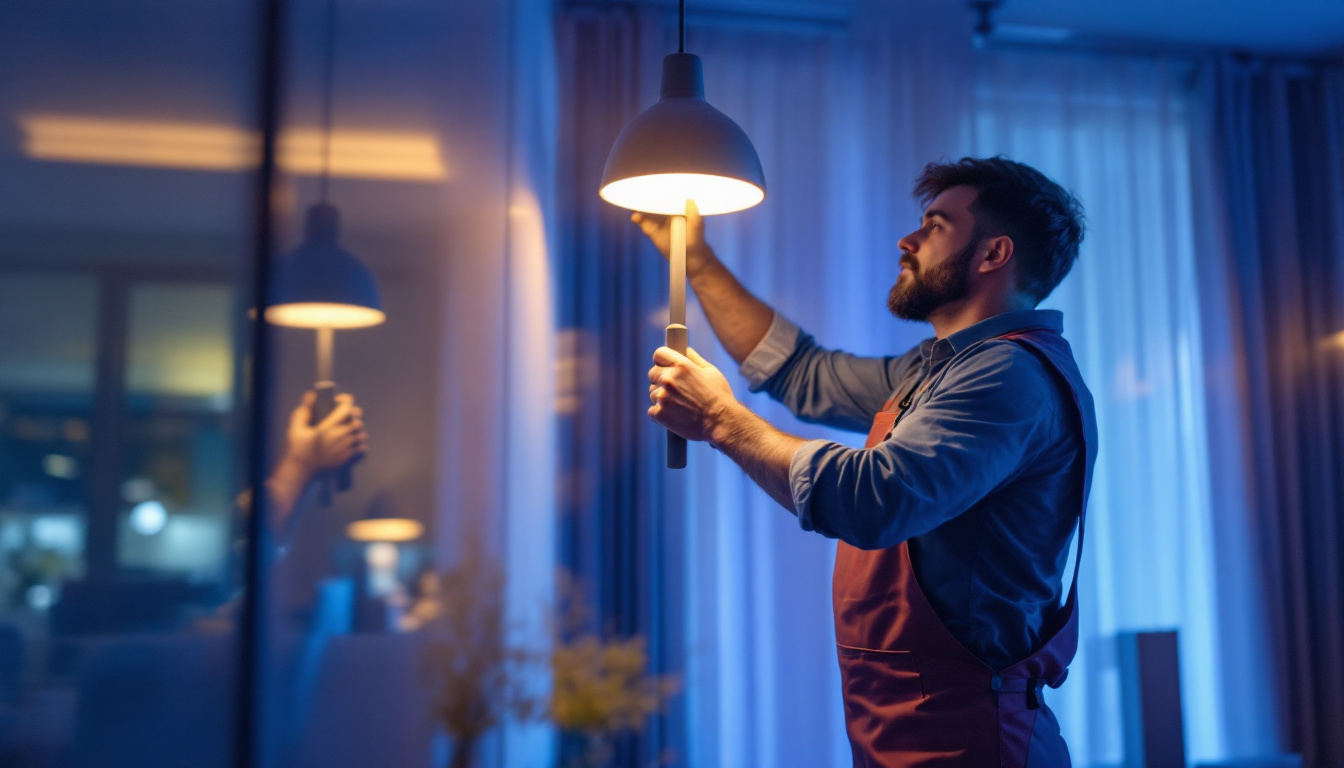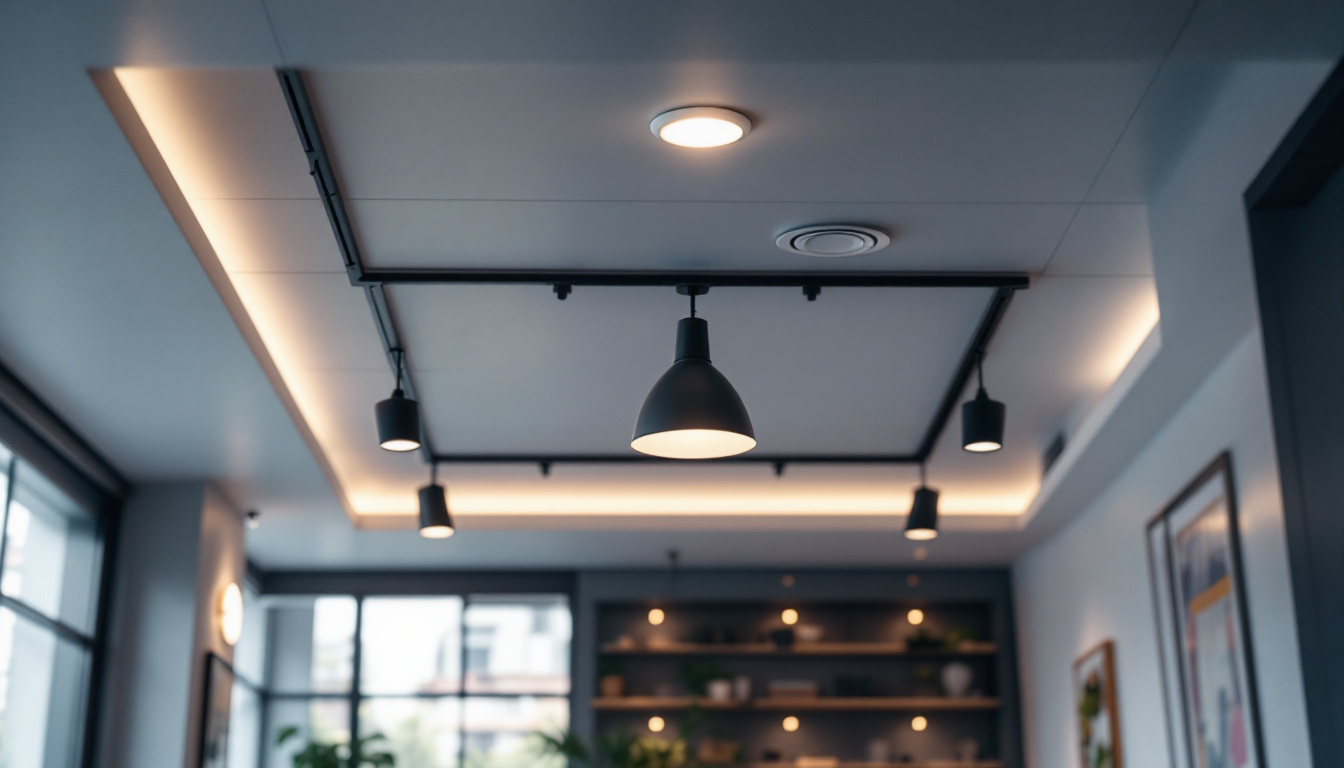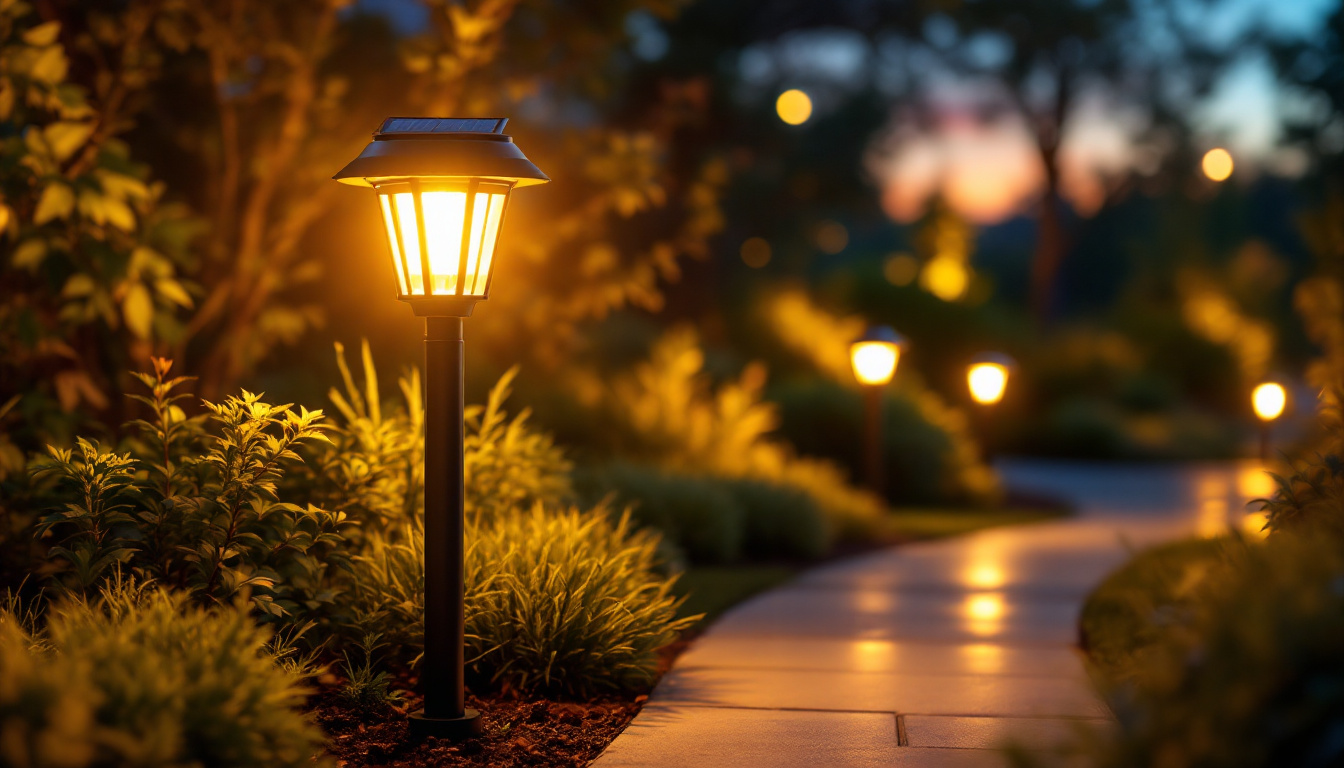
As the demand for energy-efficient lighting solutions continues to rise, lighting contractors are increasingly turning to innovative products that not only enhance aesthetics but also provide exceptional performance. Among these products, Lotus LED lights have emerged as a popular choice. This article delves into the essential points that lighting contractors should consider when working with Lotus LED lights, from their technical specifications to installation practices and market trends.
Lotus LED lights are designed to offer versatility and efficiency, making them suitable for a variety of applications. Their unique design and technological advancements have set them apart in the lighting industry. Contractors should familiarize themselves with the features that make these lights a preferred option for many clients.
One of the most appealing aspects of Lotus LED lights is their sleek and modern design. These lights often feature a minimalist aesthetic that can seamlessly blend into various environments, from residential spaces to commercial settings. The ability to choose from different shapes, sizes, and color temperatures allows contractors to meet diverse client preferences.
Furthermore, the design of Lotus LED lights often incorporates adjustable features, such as dimming capabilities and directional lighting, which can enhance the functionality of a space. Understanding these design elements can help contractors provide tailored lighting solutions that elevate the overall ambiance. For instance, in a home theater setting, the ability to dim the lights can create a cozy atmosphere, while in an office, adjustable lighting can improve focus and productivity. The thoughtful integration of these features not only meets practical needs but also adds a touch of sophistication to any environment.
Energy efficiency is a critical consideration for lighting contractors, and Lotus LED lights excel in this area. With lower wattage requirements compared to traditional lighting options, these LEDs can significantly reduce energy consumption. This not only benefits the environment but also helps clients save on electricity bills.
Moreover, many Lotus LED products are designed with sustainability in mind. They often have longer lifespans, which means fewer replacements and less waste. Contractors should emphasize these benefits to clients who are increasingly conscious of their environmental impact. Additionally, the use of eco-friendly materials in the manufacturing of Lotus LED lights further contributes to their sustainability profile. By opting for these lights, clients not only invest in energy savings but also support a greener planet, making them a responsible choice for environmentally-minded consumers. As awareness of climate change grows, promoting the sustainable attributes of Lotus LED lights can resonate deeply with clients, encouraging them to make informed decisions about their lighting solutions.
When selecting Lotus LED lights for projects, it is essential for contractors to evaluate their technical specifications. Understanding these details can ensure that the right products are chosen for specific applications, ultimately leading to satisfied clients.
Lumen output is a crucial factor in determining the brightness of LED lights. Lotus LED lights typically offer a wide range of lumen outputs, allowing contractors to select the appropriate level of brightness for various spaces. It is important to consider the intended use of the area being lit; for instance, a workspace may require higher lumen output compared to a cozy living room.
Additionally, efficacy, measured in lumens per watt, is a key indicator of energy efficiency. Higher efficacy means more light for less energy consumed. Contractors should look for Lotus LED lights with high efficacy ratings to maximize energy savings for their clients. The long-term benefits of selecting high-efficacy options can significantly reduce electricity bills, making them an attractive choice for both residential and commercial projects. Furthermore, many Lotus LED products are designed with advanced thermal management systems that help maintain efficacy over time, ensuring that the lights remain bright and efficient throughout their lifespan.
The Color Rendering Index (CRI) is a measure of how accurately a light source displays colors in comparison to natural light. Lotus LED lights often boast high CRI ratings, which is particularly important in settings where color accuracy is vital, such as art galleries or retail spaces.
Contractors should educate clients about the significance of CRI and recommend lights with a CRI of 90 or above for applications where color fidelity is essential. This not only enhances the visual appeal of the space but also ensures that products and materials are represented accurately. In addition to CRI, the correlated color temperature (CCT) of the lights can also influence the ambiance of a space. For example, warm white light (around 2700K to 3000K) can create a welcoming atmosphere in residential areas, while cooler daylight tones (5000K to 6500K) are often preferred in commercial environments to promote alertness and productivity. By understanding both CRI and CCT, contractors can provide tailored lighting solutions that meet the specific needs of their clients, enhancing the overall experience of the space.
Proper installation is crucial to the performance and longevity of Lotus LED lights. Lighting contractors should adhere to best practices to ensure that these fixtures operate optimally and meet client expectations.
Before installation, it is vital to assess the existing wiring and electrical systems. Lotus LED lights may require specific voltage or dimming systems to function correctly. Contractors should verify compatibility with the current setup and make necessary adjustments to avoid issues post-installation.
Additionally, understanding the electrical load and distribution is essential to prevent overloading circuits. A thorough evaluation of the electrical system can lead to a smoother installation process and reduce the risk of future complications. It is also advisable to consult the manufacturer’s guidelines regarding wiring configurations and any recommended circuit breakers to ensure safety and compliance with local electrical codes.
The placement of Lotus LED lights can significantly impact the effectiveness of the lighting design. Contractors should consider factors such as the purpose of the space, the height of ceilings, and the desired ambiance when determining where to install fixtures.
For instance, in a commercial setting, task lighting may need to be positioned to minimize shadows and glare, while ambient lighting should create a welcoming atmosphere. Properly positioning lights can enhance both functionality and aesthetic appeal, resulting in a satisfied client. Furthermore, utilizing lighting design software can aid in visualizing the placement and intensity of lights, allowing for adjustments before installation. This proactive approach not only saves time but also helps in achieving a cohesive lighting scheme that aligns with the overall design vision of the space.
Staying informed about market trends is essential for lighting contractors looking to provide the best solutions to their clients. The popularity of Lotus LED lights is influenced by various factors, including consumer preferences and advancements in technology.
As smart home technology continues to gain traction, many clients are seeking lighting solutions that can integrate with their smart systems. Lotus LED lights are often compatible with smart home devices, allowing for remote control, scheduling, and automation.
Contractors should be prepared to discuss the benefits of smart lighting with clients, including convenience, energy savings, and enhanced security. By offering Lotus LED lights with smart capabilities, contractors can meet the growing demand for intelligent lighting solutions.
Today’s consumers are increasingly looking for personalized solutions that reflect their unique tastes and lifestyles. Lotus LED lights offer a range of customizable options, from color temperature to fixture design, allowing contractors to cater to individual client preferences.
By embracing customization, contractors can create tailored lighting designs that resonate with clients, enhancing their overall satisfaction and loyalty. Understanding the importance of personalization can set a contractor apart in a competitive market.
Educating clients about the maintenance and longevity of Lotus LED lights is crucial for ensuring their continued satisfaction. While these lights are designed for durability, proper care can further extend their lifespan.
Dust and debris can accumulate on light fixtures, affecting their performance and appearance. Contractors should advise clients on the importance of regular cleaning to maintain optimal brightness and aesthetic appeal. Simple cleaning techniques, such as using a soft cloth and mild detergent, can go a long way in preserving the integrity of the lights.
Additionally, contractors should inform clients about the importance of checking connections and ensuring that fixtures are securely mounted. Regular inspections can help identify potential issues before they escalate, ensuring that the lighting remains functional and visually appealing.
While Lotus LED lights are known for their longevity, there may come a time when replacements or upgrades are necessary. Contractors should educate clients about the signs of aging lights, such as flickering or dimming, and recommend timely replacements to avoid disruptions in lighting quality.
Moreover, advancements in LED technology may lead to new products with improved efficiency and features. Contractors should stay informed about the latest developments and suggest upgrades to clients, ensuring they benefit from the best lighting solutions available.
Lotus LED lights represent a significant advancement in lighting technology, offering contractors a versatile, energy-efficient, and aesthetically pleasing option for their projects. By understanding the features, specifications, installation best practices, market trends, and maintenance considerations, lighting contractors can effectively meet the needs of their clients.
As the lighting industry continues to evolve, staying informed and adapting to new technologies will be key to success. By embracing Lotus LED lights and the benefits they offer, contractors can enhance their service offerings and build lasting relationships with their clients.
In a competitive marketplace, the ability to provide high-quality, customized lighting solutions will set contractors apart and ensure their continued growth and success in the industry.
Ready to elevate your lighting projects with the efficiency and elegance of Lotus LED lights? At LumenWholesale, we provide lighting contractors like you with the highest quality, spec-grade lighting products at prices that can’t be beaten. Say goodbye to unnecessary markups and hello to a vast selection of reliable lighting solutions that meet rigorous industry standards. With the added convenience of free shipping on bulk orders, LumenWholesale is your go-to source for premium lighting without the premium price tag. Don’t compromise on quality or value—discover wholesale lighting at the best value today and bring your lighting vision to life.

Discover the ultimate guide to drop ceiling can lights, covering installation tips, design ideas, and energy efficiency.

Discover the top strategies lighting contractors use to enhance outdoor spaces with solar yard lights.

Discover essential insights into fluorescent strip lights with our comprehensive guide tailored for lighting contractors.

Discover essential tips for lighting contractors to avoid common pitfalls when installing solar light post lights.